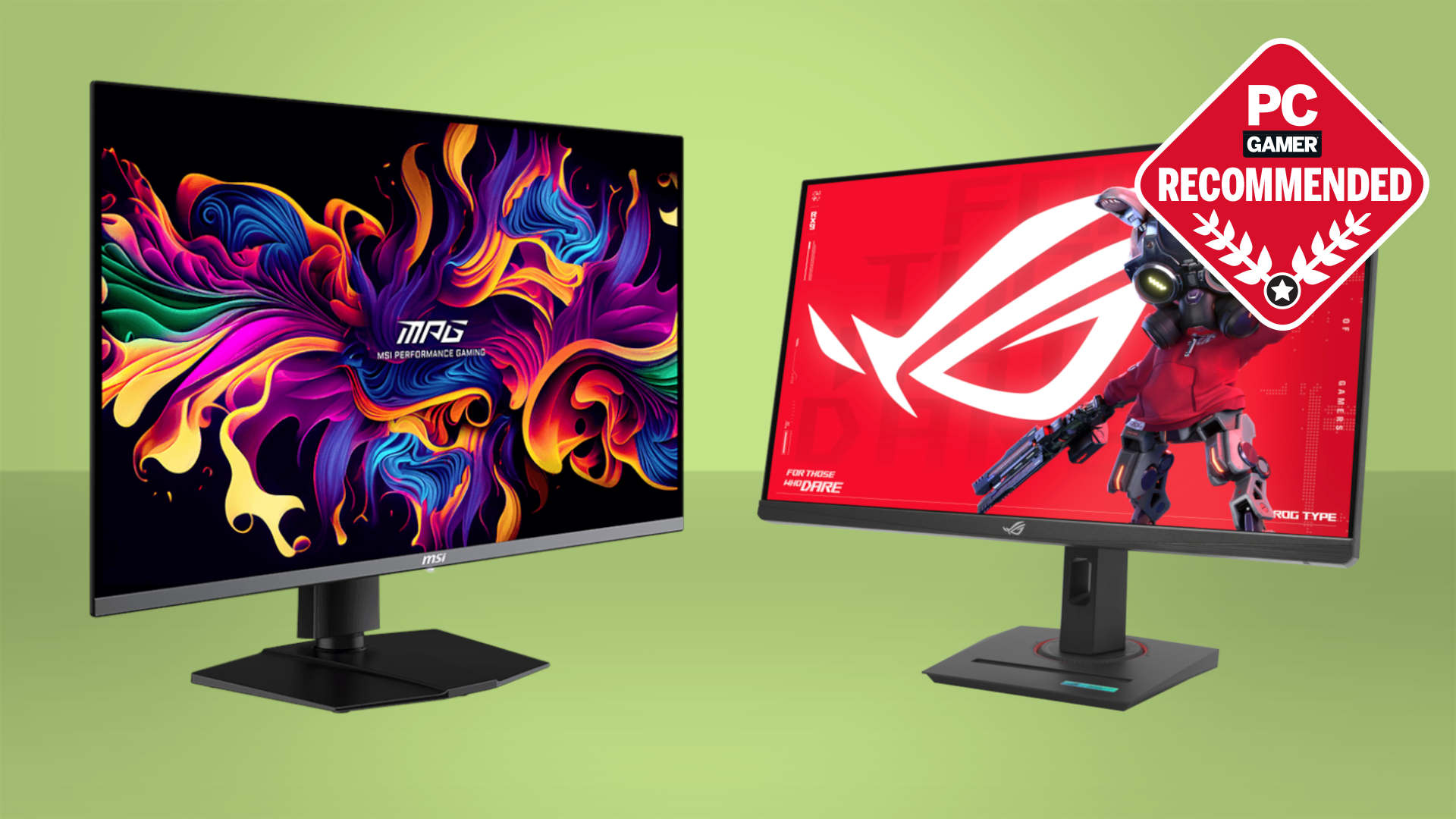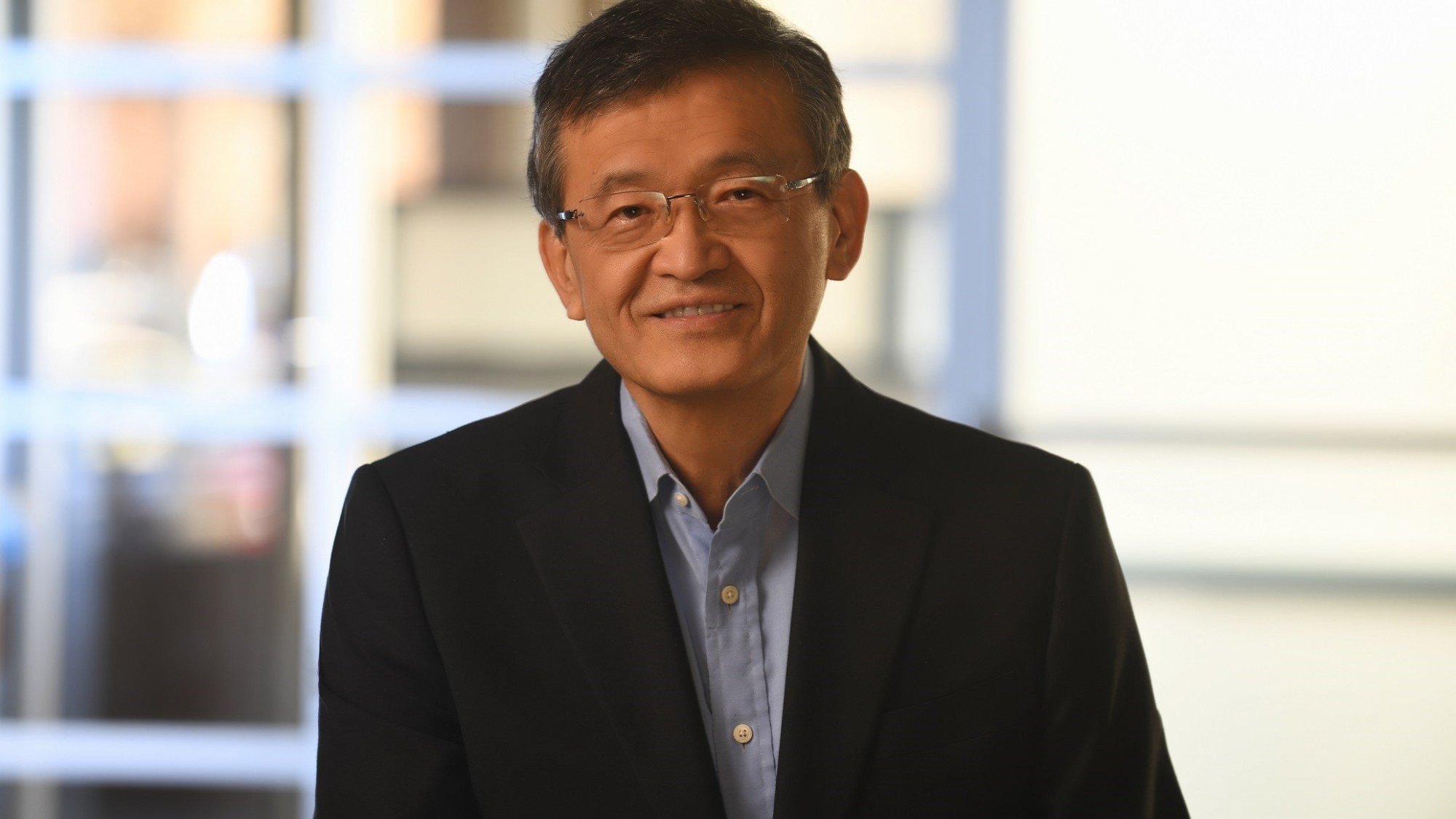
Well, nobody thought it was going to be pretty, but Intel's Q2 earnings reports and related forecasts are even uglier than I anticipated. That's primarily because the company is so keen on having demand before investing in production that it admits it might have to ditch its next-gen 14A fabrication node if it can't get a "significant" customer.
That's according to a 10-Q (quarterly report) filing to the SEC. Intel explains: "If we are unable to secure a significant external customer and meet important customer milestones for Intel 14A, we face the prospect that it will not be economical to develop and manufacture Intel 14A and successor leading-edge nodes on a go-forward basis.
"In such event, we may pause or discontinue our pursuit of Intel 14A and successor nodes and various of our manufacturing expansion projects."
Intel CEO Lip-Bu Tan explains in the company's earnings call that this is part of a new, more cautious approach: "I do not subscribe to the belief that if you build it, they will come. Under my leadership, we will build what customers need, when they need it and earn their trust through consistent execution."
This, in comparison to the previous Pat Gelsinger-led approach which "bet the whole company on 18A." No more betting, it seems:
"Unfortunately, the capacity investment we made over the last several years were well ahead of demand and were unwise and excessive. Our factory footprint has become needlessly fragmented… Our last full fiscal year of positive adjusted free cash flow was 2021. This is completely unacceptable."
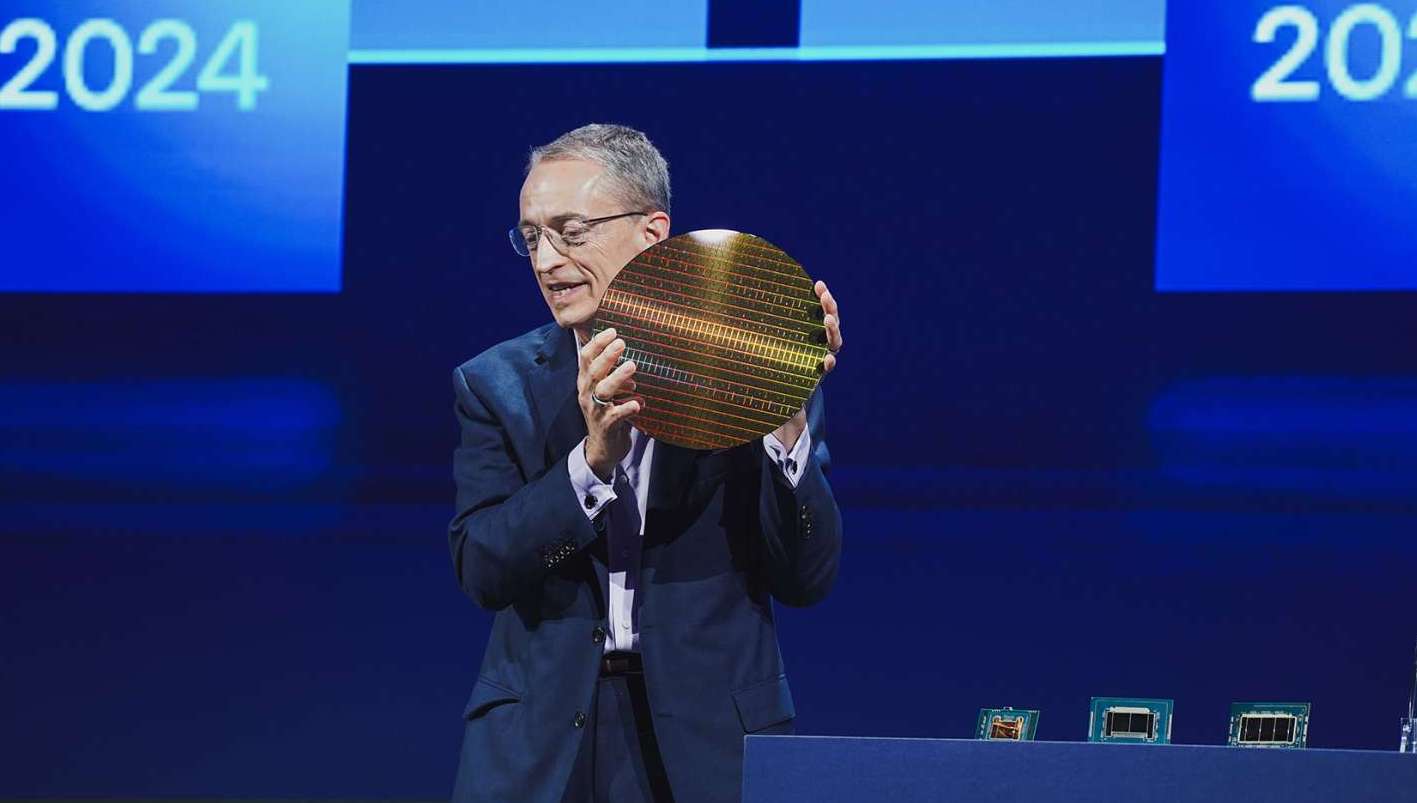
In fact, it seems Lip-Bu Tan is taking a no-nonsense approach in general, and no doubt is keen on emphasising that to investors who are concerned about their dosh: "I'm also instituting a policy where every major chip design need to be personally reviewed and approved by me before tape-out."
Keep up to date with the most important stories and the best deals, as picked by the PC Gamer team.
So, the belt must tighten, and Intel must only make what it can sell. Which means 14A doesn't happen unless it has a big customer to sell to.
On the client side, the US chip giant is currently churning chips out of its 18A node for upcoming (2025) Panther Lake mobile chips and (2026) Nova Lake desktop chips. 14A is the successor to this, and while previous rumour had it that Intel might shift customers over to 14A ASAP, it's looking like the company is changing tact.
In fact, the Intel CEO points out that 18A is set to go for quite some time:
"Intel 18A is the foundation of at least the next 3 generations of Intel client and server products, and we remain committed to ramping this technology to scale."
When asked about whether 18A can carry the business if 14A fails, Intel VP and CFO David Zinser responds: "We actually won't get to peak volumes on 18A until probably the beginning of the next decade. So this is going to be a node that we use for a very long time, and we're expecting a really good ROI on it."
If that ends up panning out and 18A carries Intel along, I suppose the ironic thing will be that it might lend some weight to Gelsinger's decision to bet everything on the process.
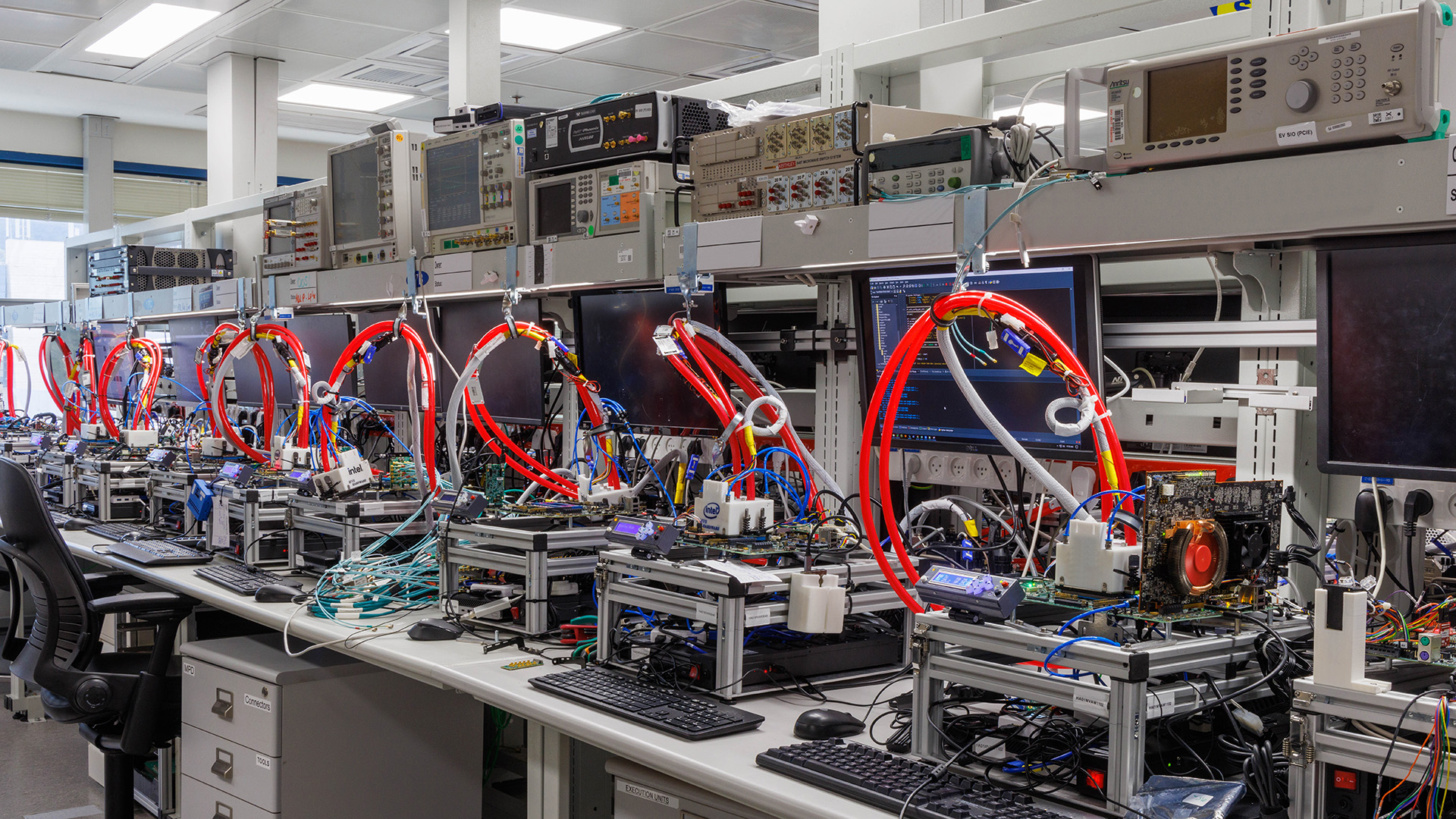
While Intel is certainly very serious about all this belt tightening and market caution—lest we forget all the recent layoffs and a new "plan to reduce our headcount by approximately 15%"—many are keen to point out that the 14A abandonment stuff could be more of a strategic threat. As in, a "help us, or else" to the US government.
That would make sense, because Intel plays a big part in the US's technological self-reliance, not to mention being somewhat of a poster child for the US tech industry in general. Given how much the current Trump administration seems to like isolationist and 'America-first' policies, and given how keen it is on bringing chip manufacturing on-shore, the looming threat of a dead Intel node could prompt the US government to step in and help out.
Who knows what form this could take—there's been plenty of speculation over the last few months, but no one can say for sure—but a part-nationalised Intel isn't exactly far-fetched. The company's already developing chips for the government for national security, after all.
Whatever the reason for the 14A comments, it's clear that Lip-Bu Tan is serious about a lower risk approach moving forward:
"There are no more blank checks. Every investment must make economic sense. We will build what our customers need, when they need it, and earn their trust through consistent execution."
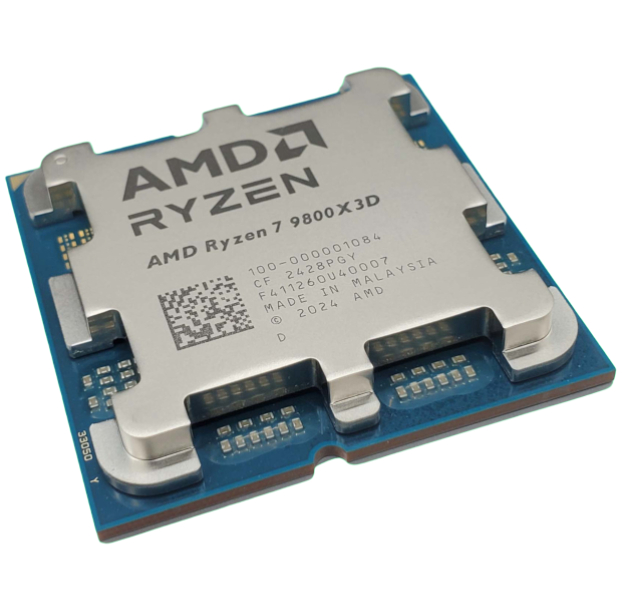
1. Best overall:
AMD Ryzen 7 9800X3D
2. Best budget:
Intel Core i5 13400F
3. Best mid-range:
AMD Ryzen 7 9700X
4. Best high-end:
AMD Ryzen 9 9950X3D
5. Best AM4 upgrade:
AMD Ryzen 7 5700X3D
6. Best CPU graphics:
AMD Ryzen 7 8700G

Jacob got his hands on a gaming PC for the first time when he was about 12 years old. He swiftly realised the local PC repair store had ripped him off with his build and vowed never to let another soul build his rig again. With this vow, Jacob the hardware junkie was born. Since then, Jacob's led a double-life as part-hardware geek, part-philosophy nerd, first working as a Hardware Writer for PCGamesN in 2020, then working towards a PhD in Philosophy for a few years while freelancing on the side for sites such as TechRadar, Pocket-lint, and yours truly, PC Gamer. Eventually, he gave up the ruthless mercenary life to join the world's #1 PC Gaming site full-time. It's definitely not an ego thing, he assures us.
You must confirm your public display name before commenting
Please logout and then login again, you will then be prompted to enter your display name.
